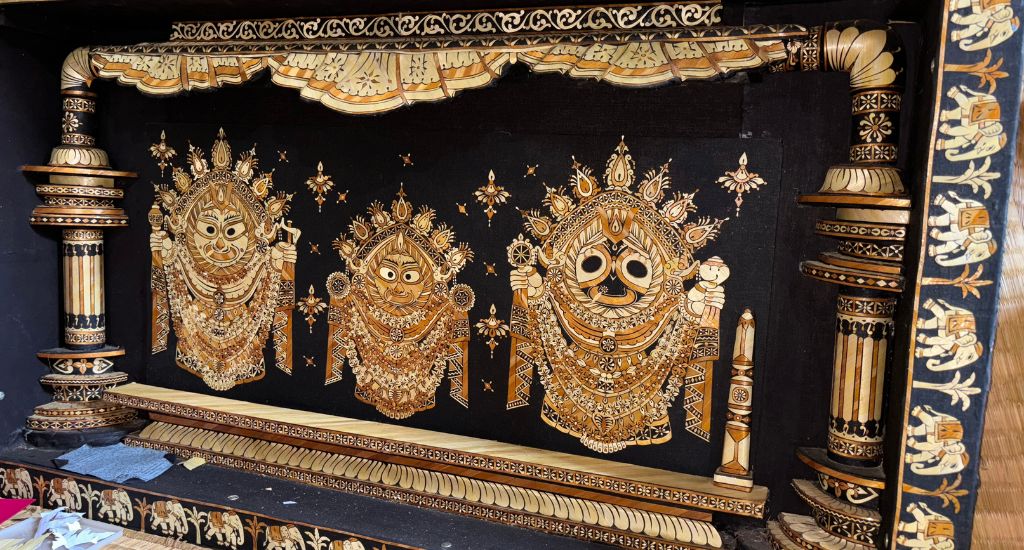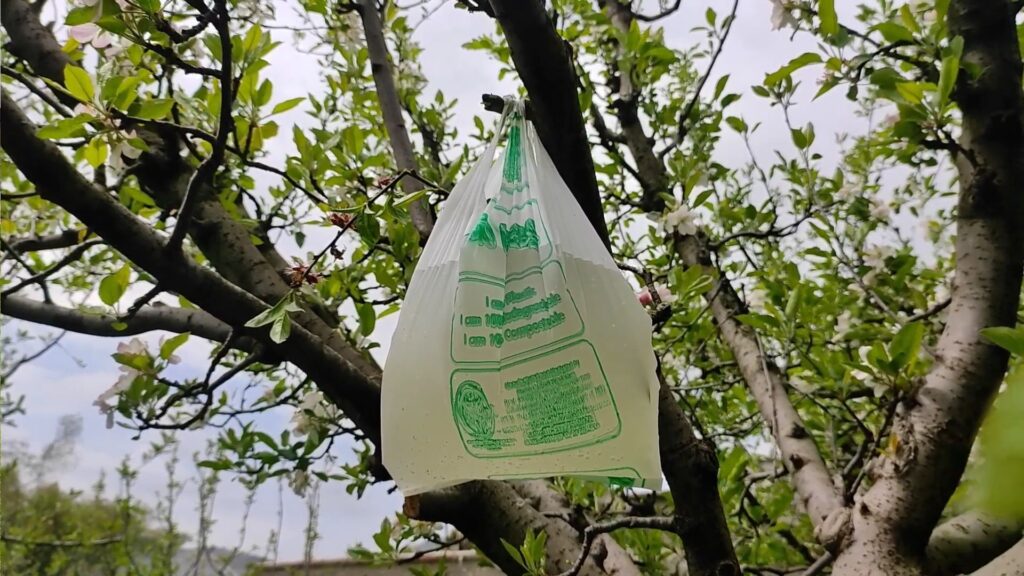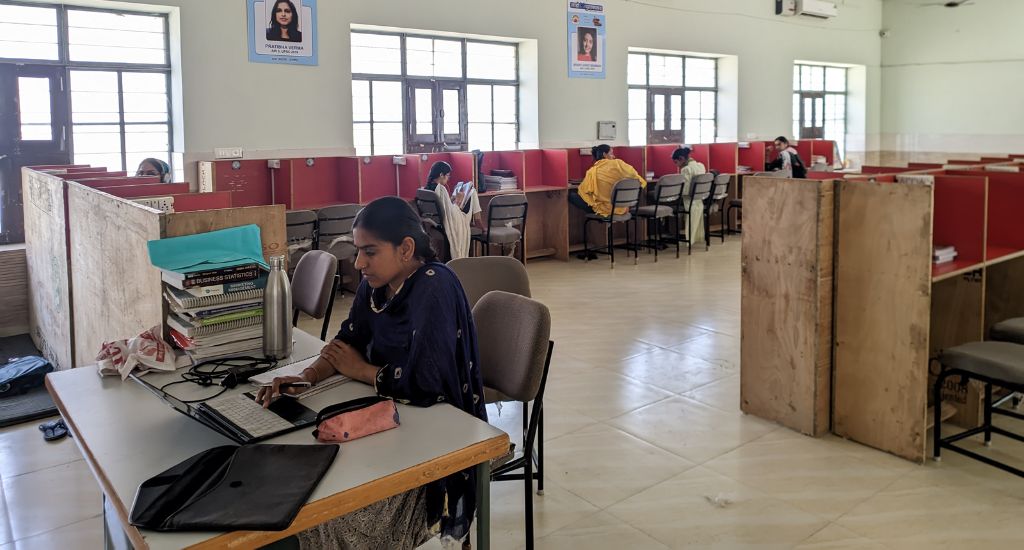Gufkrals: Oldest caves in Kashmir
Aamir Ali Bhat
Feb 12, 2024
Tral, Jammu and Kashmir
In South Kashmir’s Tral area, 3000-year-old caves, are still being inhabited by the potters who see these caves as their inheritance. These caves, according to archaeological survey were occupied for five periods and were utilized by the potters.
Gufkrals, an archaeological site located in Banmir – a pastoral hamlet in South Kashmir’s Tral area, tells us about the early settlement of mankind in Kashmir. Guf means cave and Kral means potter. These sites were utilized by potters to make pottery and live in these caves.
The best part is these caves in Kashmir are still being used by potters who see these caves as their inheritance. Banmir village is home to dozens of potters who make earthenware and clay works that seemingly have survived with mankind’s oldest pottery practices. Archaeologists have established by radiocarbon dating that the settlement existed in the third millennium and later. It is the early Neolithic age suggesting the early man settled there. This site was first reported by the Archaeological Survey of India (ASI) in 1962-1963 and excavations were conducted almost near the centre of the mound between August 18 and October 20, 1981, by K D Benergy and A K Sharma.
The site is being taken care of by the potter inhabitants of the village. These caves are part of the routine life and inheritance. At one point of time, they used to live in the gufkrals. After they constructed separate homes, most of these caves were used as stores.
Watch: From Mud-walls to Wilderness: Inside Kashmir’s Nature School
Aamir Ali Bhat journalist and independent researcher based in Kashmir.






